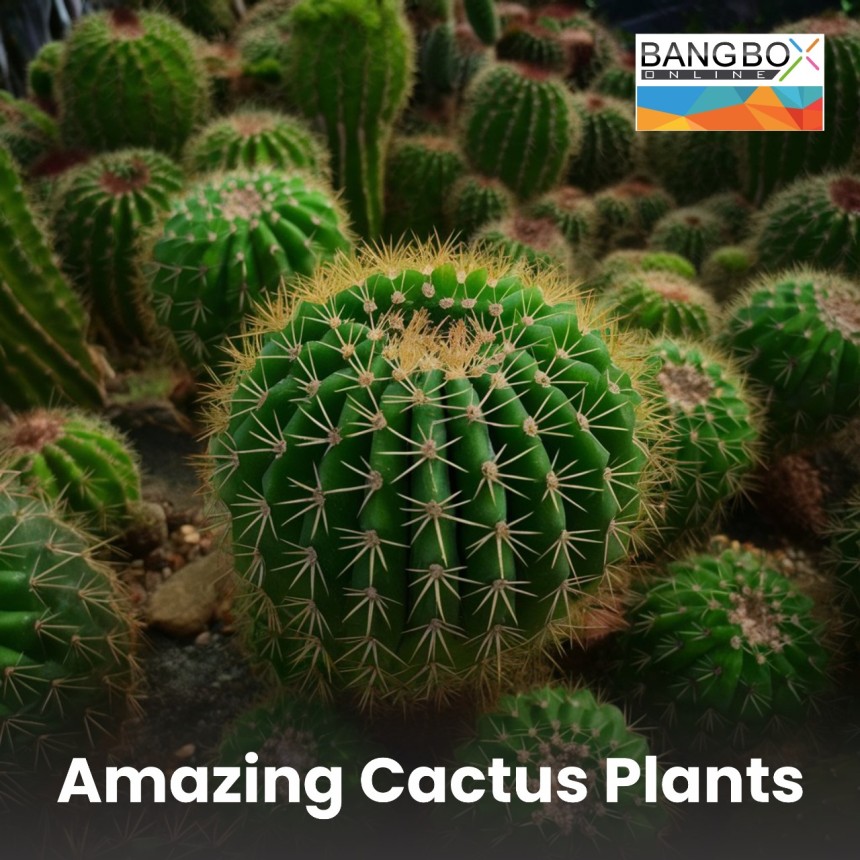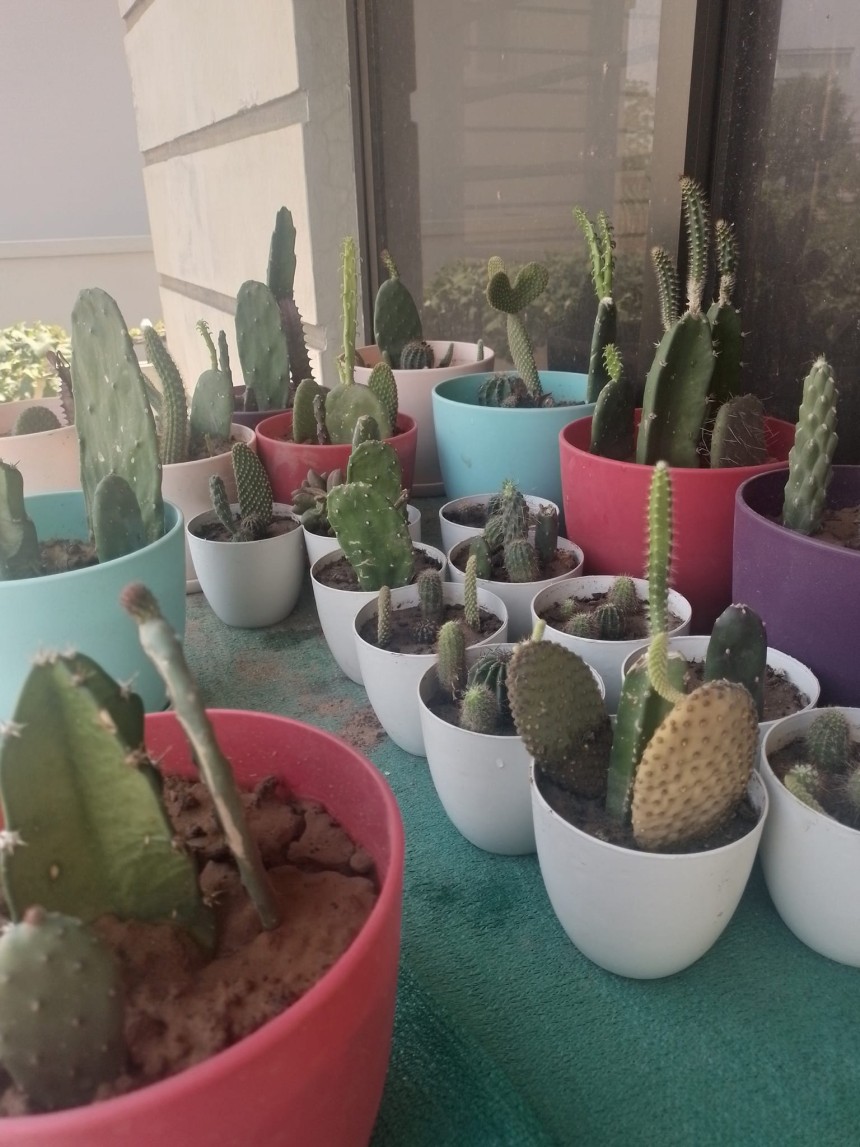
Amazing Cactus Plants
Cactus or cacti are intriguing plants. Cactus store large amounts of water in their stems, which helps them to survive in desert. Cactus are symbols of endurance, protection, adaptability, and inner strength. This write up is to educate the readers of Bangbox Online about the amazing cactus plant of our Mother Nature.
2024-06-10 20:24:04 - Muhammad Asif Raza
A cactus ( cactuses, or less commonly, cactus) is a member of the plant family؛ comprising about 127 genera with some 1,750 known species of the order Caryophyllales. Cactus scientific name is Cactaceae (family). Cactus is known to withstand extremely hot conditions and have various adaptations including water-storing adaptations. They are native to America, particularly in desert and dry regions of North and South America, with the greatest number and variety in Mexico.
A cactus is a kind of a plant adapted to hot, dry climates Plants which live this kind of life-style are called xerophytes. Most are succulents, which store water. They come in a variety of shapes and sizes, ranging from small, globular forms to towering columnar species. Many species of cactus have long, sharp spines Like many other cactus fruits, the dragon fruit has many tiny seeds.
All cacti have flowers. Generally, cactus flowers are short-lived and provide the primary characteristics that separate cacti from other succulents. Cacti flowers have at least 10 petals, with the sepals combined with the petals, and have numerous stamens surrounding a multi-lobed stigma. If a succulent doesn't produce a flower, it is not a cactus.
The amazing cactus may seem like a simple plant, but its flowers are complex! The cactus flowering reproduces sexually. Inside the flowers, both female and male reproductive structures are present, thus making it impossible to assign one specific gender to the plant. The flowers of cacti are often large, colorful, and fragrant, attracting pollinators such as bees, birds, and bats.

Amazing Cacti are succulent perennials.
Cacti are plants that have succulent stems, pads or branches with scales and spines instead of leaves. Cactus pads are actually modified stems with a waxy coating. The prickly spines are modified leaves that break up the evaporative winds blowing across pad surfaces, and help shade the stem. Cactus spines serve multiple purposes, including protection from predators, reducing water loss through transpiration, and providing shade to the plant’s surface.
Sure, we know nopales, the de-spined pads of the prickly pear cactus. But almost all cacti also have edible fruit, which are both easier and less slimy to eat. The cactus produces a fruitlike berry that holds lots of seeds. In fact, one cactus plant can produce a million seeds!
The cactus has a single deep taproot—the rest of its roots grow close to the surface of the ground in order to absorb as much water as possible before it evaporates. Saguaros are supported by a ribbed, woody skeleton, which expands like an accordion to allow the plant to retain moisture.
Funky, feisty and fruitful Amazing Cactus Plant
Funky, feisty and fruitful, cacti are intriguing plants that leave more than a pinprick when you learn following interesting facts about them:-
Cactus is a Greek word.
Cactus are as old as dinosaurs.
Cactus have a medicinal use.
Pests are a rare concern for cactus and succulents.
Cacti feature in Mexico's flag. Mexico City’s original name translates as “place of the cactus rock.”
Amazing Cactus are often used as ornamental plants in landscaping due to their unique appearance and low water requirements.
Cactus play important ecological roles in desert ecosystems, providing habitat for a wide range of wildlife.
Amazing Cactus plant photo synthesizes in reverse: Unlike other plants, cactus have adapted to taking in carbon dioxide at night, when temperatures are cooler and less evaporation occurs. The carbon dioxide is stored and used during the day, bonding with water to make sugar and oxygen.
The giant saguaro (Carnegiea gigantea) is a good example of the ribbed surface that covers the exterior of many cacti. The ribs enable the plant's skin to expand without splitting as it absorbs water during infrequent desert rainstorms. In addition, cacti skin has a waxy surface, reducing evaporation. The waxy skin also prevents insects from penetrating into the plant's soft, moist interior.
The Cactus are truly amazing plants of mother nature.


